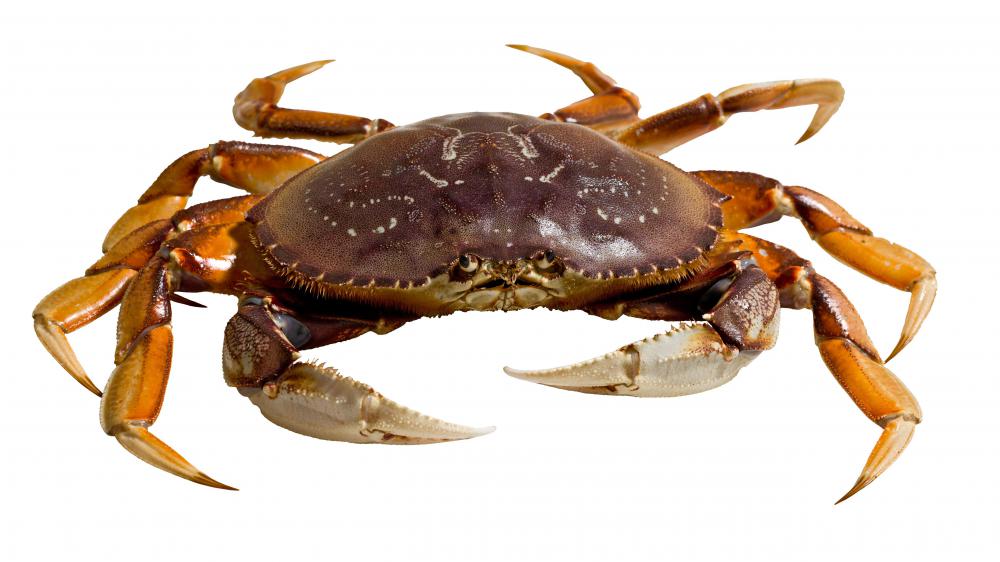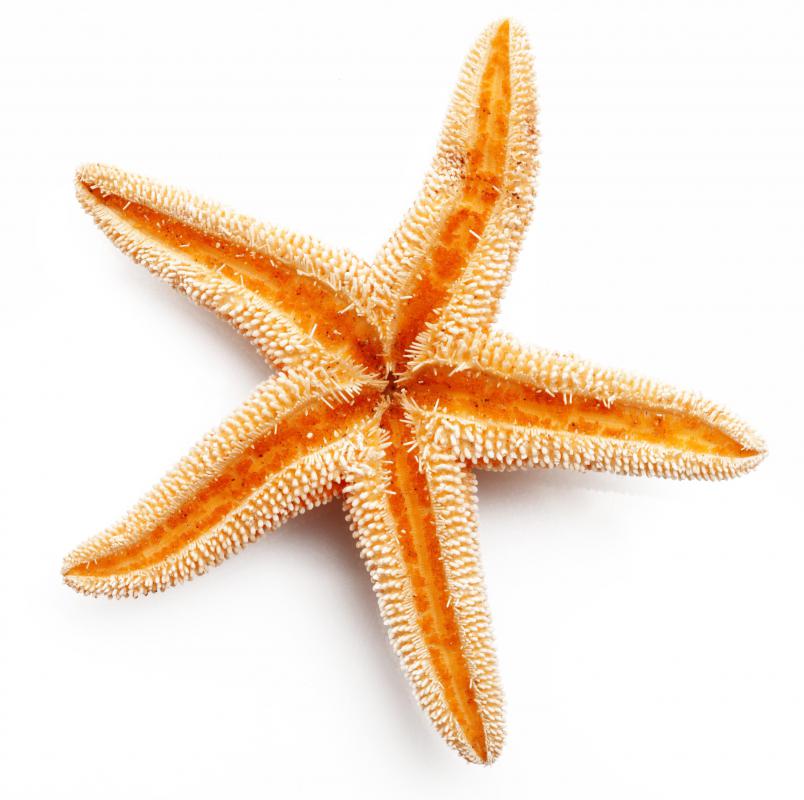At AllThingsNature, we're committed to delivering accurate, trustworthy information. Our expert-authored content is rigorously fact-checked and sourced from credible authorities. Discover how we uphold the highest standards in providing you with reliable knowledge.
What is Tidepooling?
Tidepooling or tide pooling is an outdoor activity which involves visiting the rocky intertidal zone along a coastline. The intertidal zone is the region where the ocean meets the land, meaning that during high tides and rough weather, the area is covered in sea water, and during low tides, the water recedes. As a result, the intertidal zone hosts a number of fascinating organisms which have specifically adapted to the unique conditions that can be found there. When people go tidepooling, they explore the area, looking at the organisms they find and often photographing them.
Rocky coastlines create the conditions for tidepooling, with depressions in the rock forming pools which hold seawater after the ocean recedes, allowing animals to survive until the rising tide floods the area again. Each of these pools can form a microcosm of life, hosting incredibly diverse creatures and seaweed. Tidepooling can be fun for people of all ages, as a number of interesting creatures including limpets, mussels, young crustaceans like crabs, sea anemones, starfish, barnacles, urchins, sea cucumbers, and chitons can be found in tidepools.

When going tidepooling, there are a few things to remember. The first is that the ocean can be dangerous, and it is important to check a tide chart to ensure that you go tidepooling during a period of low tide. It is also a good idea to wear sturdy, closed-toed shoes with good traction to avoid slipping on the rocks, and tidepoolers should always face the ocean, as sneaker waves can pop up at any time. Tidepoolers may also want to carry a nature guide to identify the creatures they see, along with a camera to document the experience.

It is also a good idea to protect the animals in the tidepools. Many of the organisms in tidepools will die if they are exposed to prolonged sunlight, so if you move a rock or a piece of seaweed to see something more clearly, put it back when you are done. Tidepoolers should never try to pry organisms off the rocks, as this can hurt or kill them, and they should watch their step to avoid crushing the animals which call the intertidal zone home.

Looking at marine life on a tidepooling trip can be a great introduction to nature for younger people, as it will undoubtedly pique their interest in what lies deeper in the ocean. It can also be a good starting point for a conversation about conservation and the diversity of life. For older tidepoolers, tidepooling can be an interesting and fun way to get outside for a few hours, and to get acquainted with the life in a place they are visiting, or their own back yard.
Frequently Asked Questions
What is tidepooling?

Tidepooling is the activity of exploring tide pools, which are small pockets of seawater that form in the rocky coastal zones during low tide. These pools are miniature ecosystems, teeming with marine life such as starfish, anemones, crabs, and various shellfish, offering a unique glimpse into the ocean's biodiversity.
When is the best time to go tidepooling?

The optimal time for tidepooling is during low tide, particularly when the tide is at its lowest point, known as a spring low tide. This usually occurs during a new or full moon. Checking local tide charts can help you plan your visit to coincide with these lower tides for the best experience.
What kind of wildlife can I expect to see while tidepooling?
While tidepooling, you may encounter a variety of marine organisms such as sea stars, sea urchins, various species of crabs, mollusks like snails and limpets, anemones, small fish, and sometimes even octopuses. Each tide pool is a world of its own, with the potential for diverse and fascinating discoveries.
Is tidepooling safe for the environment?
Tidepooling can be environmentally safe if done responsibly. It's important to tread lightly, avoid picking up or disturbing the creatures, and never remove anything from the tide pools. Many areas have regulations in place to protect these ecosystems, so always follow local guidelines to ensure the preservation of these delicate habitats.
Are there any safety concerns while tidepooling?
Yes, safety is important while tidepooling. The rocks around tide pools can be slippery due to algae and seaweed, so wear sturdy, non-slip shoes. Always be aware of the tide schedule to avoid being caught by rising water. Additionally, be mindful of local wildlife and do not touch or handle animals without proper knowledge, as some can be harmful.
How can I find good spots for tidepooling?
Good spots for tidepooling are often found along rocky coastlines with significant tidal ranges. National and state parks with coastal access frequently have well-known tidepooling areas. Local nature centers, aquariums, or coastal ranger stations can provide recommendations. Online resources and community forums are also valuable for finding the best local tidepooling spots.
AS FEATURED ON:
AS FEATURED ON:















Discussion Comments
But even with all my teenage apathy, I understood what a fantastic window into the ocean the tidal pool was. I’d never seen an anemone, barnacles, or urchins outside of a textbook (I was amazed when I saw my first starfish move!), not to mention countless fish, crabs and other bizarre alien creatures I’d never heard of or seen before.
Tide pools inspired me to dive, swim, surf, sail, and ultimately pursue a career in oceanography. Even after years of study, the ocean is still full of mystery, but twice a day, tide pools reveal themselves and answer many of our questions.
I can think of no other part of the natural world— not even jungles, volcanoes, asteroids, or jungles — where nature is so perfectly exposed for exploration. I urge you: if you are at the coast and have the time (and follow some of the safety advice in the article), then go explore!
Post your comments